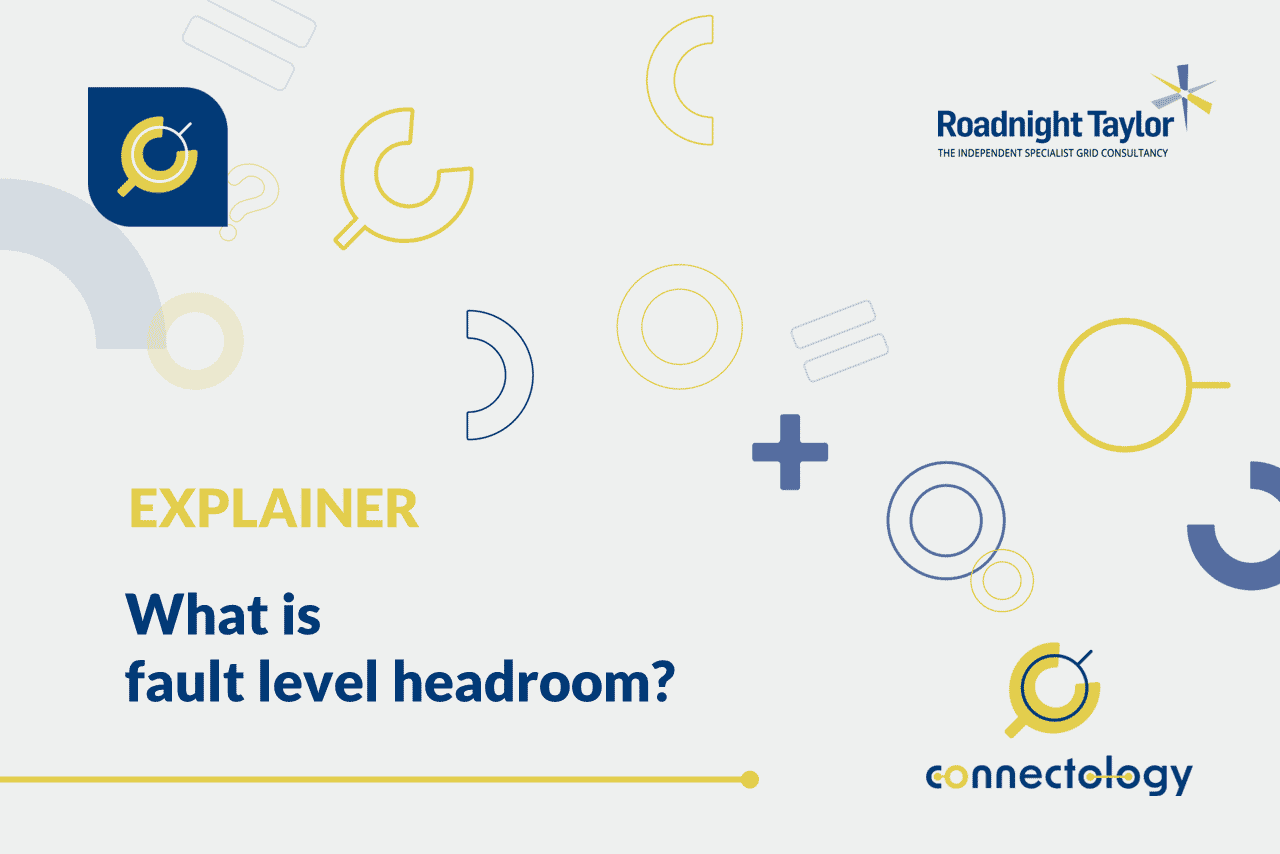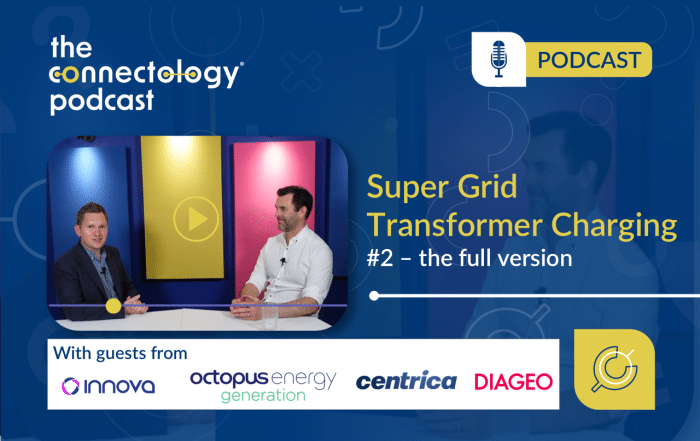What is fault level headroom?
Fault level headroom is the gap between the existing fault level on the network and the fault level rating of the circuit breakers. We explain more below.
Article by Pete Aston – acknowledged expert in networks
Pete joined Roadnight Taylor from Western Power Distribution, the UK’s largest DNO, where he was Primary System Design Manager. He led a team of sixty responsible for all connections and reinforcement of the extra high voltage network and oversight of the roll out of active network management across all four of WPD’s licence areas.
18 July 2022

During short circuits, the fault level can be very high, easily 15-20 times normal levels of current, sometimes more. The equipment in an electrical network can’t cope with this level of current for more than a few seconds, so the part of the network where the short circuit is needs to be disconnected.
This is where the circuit breakers come in. Circuit breakers are basically big switches that are designed to do what the words say – they cause a break in a circuit so that the electricity can’t flow any more, isolating the faulty bit of network causing the short circuit.
The challenge is that circuit breakers have a limit as to how much fault current they can break. If they try and break a circuit when there is too much current flowing, they will get damaged and can literally blow up. So it’s vital for network companies to make sure that the fault level (i.e. the fault current that flows when there is a short circuit) is lower than the fault current rating of the circuit breakers.
Fault levels can change over time. Networks sometimes get rearranged so that fault currents are reduced, but typically fault levels on the system increase. In particular, adding generators to the network increases the fault level. In the example given in our ‘What is fault level?’ blog, we had a picture of smaller streams being diverted into the reservoir. That’s similar to adding extra generators into the network. Just like diverting the streams into a reservoir makes the water level higher, adding generators to a network makes the fault level higher. Eventually, too many new generators get added and the fault level reaches the rating of the circuit breakers. When this happens, the circuit breakers have to be changed for something with a higher fault level rating.
Fault level headroom is the gap between the existing fault level on the network and the fault level rating of the circuit breakers. Connecting new generators into one part of the network can increase fault levels quite a large distance away, so it’s always important to assess the fault level impact before making applications for new generators. Different types of generators have different impacts on fault level, with some types of generators having a much bigger impact than others.
Contact us
Roadnight Taylor can help you by undertaking assessments of the fault level impact of new generation schemes, as part of a wider set of assessments within our feasibility studies. To find out more call us on 01993 830571 or send us a message via our contact form.








